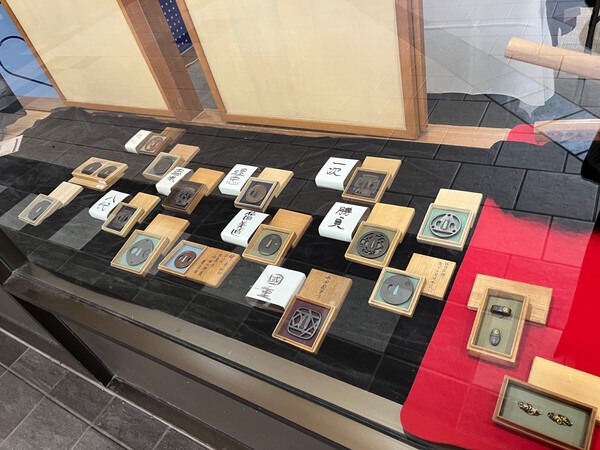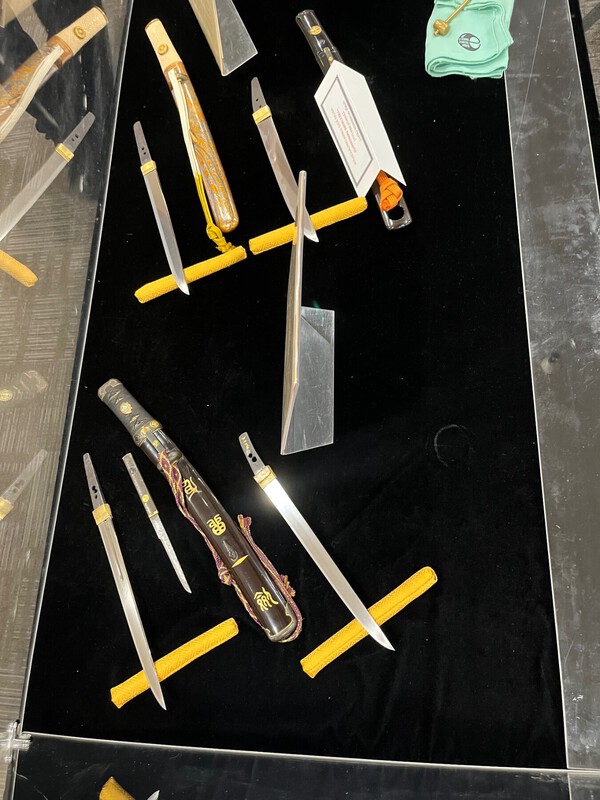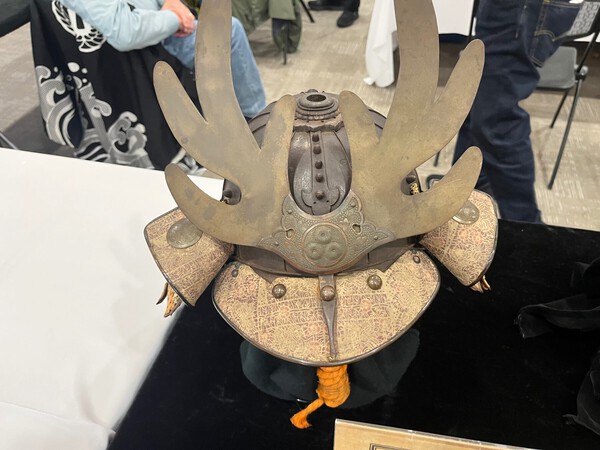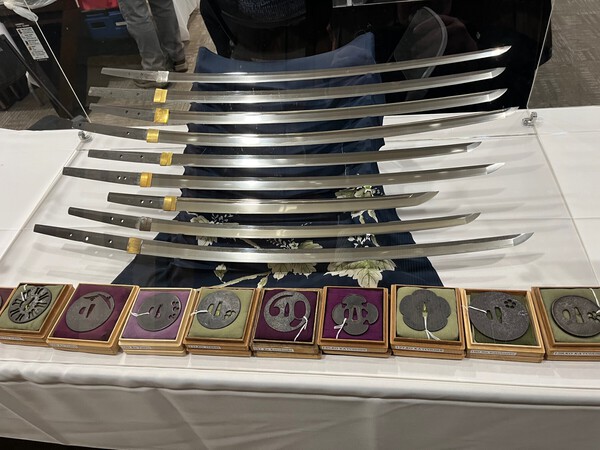-
Posts
2,363 -
Joined
-
Last visited
-
Days Won
17
Everything posted by Toryu2020
-
I wrote this after the excellent book Yagyu Shinkage Ryu Kyohon came out in 2004, this is a rough translation... 1. Sanma – This first design is familiar to all and one that is often copied. A triangle of equal sides within a circle and three small circles at the point of each angle. In the beginning of the book Yagyu Heiho Kaden-sho, there is mention of “Sanma no kurai”, this design harkens to this teaching and the three principles of Narai, Keiko and Kufu. Narai means teaching, instruction and represents your learning, and all the teachings of those before you. In order to make these teachings a part of your blood and bones you need Keiko. Keiko is practice, you need practice in order to remake yourself. There is the saying “Sentan Senren” or 1000 forgings, 1000 practices. Tanren means to forge, we use this as a term in discussing the forging of swords but it also means to forge or to harden oneself through discipline and hard practice, but the discipline in Yagyu swordsmanship is no ordinary discipline so we say “Sentan Senren!” What then is the result of this practice? It is a study that you pursue with your whole body and soul. Further you call upon your creativity and ingenuity to help get you to your goal. Thus the third principle is Kufu or shugyo, in which you seek within yourself to create a true spirit of independence, a true self. Within the circle keep seeking a state where all three are in balance, all three are one. This is described in the motto “to win today over yourself of yesterday.” Sanma is thus a symbol of lifelong practice, lifelong shugyo. (Note this design is also known as Sankaku Sansei, “three sides and three stars”.)
-
A beautiful piece - I wrote the following years ago... 三角、三星三角 Sankaku and Sansei Sankaku - Triangle and Triangle and Stars. One of the first teachings in the Yagyu Shinkage Ryu is the Sangaku, three schools (teachings). In addition, students are told to keep in mind the three elements of posture, sword and arms and legs. There are also Jo, Ha and Kyu. These correspond to introduction, action and conclusion, a thought taken from Noh which may apply to a single form or technique or whole series of actions. Among other teachings, there are the “three beats,” also from Noh, and the three “tricks.” As Sankaku means three angles or triangle and is a homonym for Sangaku, I believe this brings to mind all these threes. Mitsuyoshi said that his grandfather was unique in that he refused to write things down. Insisting upon direct instruction, he would demonstrate a single form or idea and then spend the whole of the day explaining the myriad interpretations of that one form. In that view, I think you’ll find there will be a number of interpretations for each of these designs and none will be a “right” one.
-
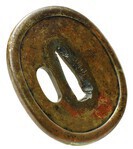
Fujiwara Yukinaga: Why no info?
Toryu2020 replied to jdawg221's topic in General Nihonto Related Discussion
B732. Zusetsu Bungo To by Yamada - Japanese sword books and tsuba -

Fujiwara Yukinaga: Why no info?
Toryu2020 replied to jdawg221's topic in General Nihonto Related Discussion
Keep in mind not every artists workmanship is fully recorded, sometimes you have to research his teachers and others in the same school to build a proper profile... -t -
John Grasso I am sure can help with your search Nihonto Australia | Japanese Samurai Swords
- 1 reply
-
- 1
-

-

What is the soul of your collection ?
Toryu2020 replied to Benjamin's topic in General Nihonto Related Discussion
I primarily collect sword-makers tsuba. The aim being to own work by sword-makers whose blades I would otherwise not be able to afford. The only boundaries are age, health and pocket book. I suppose I am the soul of my collection. I have two pieces at the heart of my collection of which I am very proud; a Juyo Bizen Morisuke tachi that is ubu signed and dated to 1335, and a juyo tosogu daisho set of tsuba by Chikanori custom made by order of Mito Rekko. More than this I cannot hope for so am very content with what I have achieved thus far...






